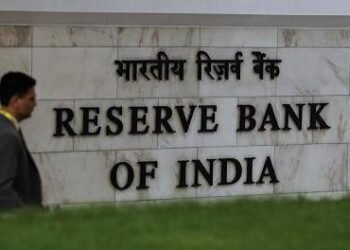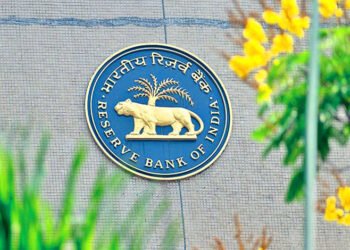It has been reported that As rates in the inter-bank call money market rose over the past two days, the Reserve Bank of India announced two back-to-back auctions to infuse funds into a banking system that already has surplus liquidity.
The central bank announced a variable rate repo auction of Rs 75,000 crore on Friday, and for Rs 50,000 crore a day ago, according to a statement.
Variable rate repo auctions are used for short-term infusion of funds, while variable rate reverse repo auctions are used to absorb surplus funds for the short term.
The repo auctions follow an increase in call money market rate to above the benchmark repo rate of 4%. The call money market is where banks lend to and borrow from each other, the report said.
Liquidity conditions have turned less accommodative and rates have risen due to larger-than-expected tax outflows.
With larger-than-anticipated collections under the goods and services tax, system liquidity has tightened in this week, the RBI said on Thursday while announcing the variable rate repo auction. This is reflected in the hardening of overnight money market rates, and in amounts under the fixed rate reverse repo of the liquidity adjustment facility, the report said.
Soumyajit Niyogi, associate director for credit and market research at India Ratings & Research, said commercial banks had parked their money in variable rate reverse repo auctions and larger-than-anticipated GST outflows had caused the volatility. As such, “the sudden spike in call money rates and friction in the banking system liquidity is healthy and is a clear manifestation of return to normalcy”, the report said.
According to Vivek Kumar, economist at QuantEco Research, the spurt in rates seen across the overnight segment in the last two days could be on account of underestimation of liquidity requirements in the system. “Hopefully, the situation should stabilise Jan. 25 onwards when the next tranche of VRRR auction comes up for renewal.”
The nature of liquidity, Niyogi said, has changed. From being available with the banking sector, it now become impounded in the hands of the RBI.
Over the last two years, excess liquidity at the end of the day was exceptionally high, absorbing any kind of friction. Now, this liquidity is sterilised and lies with the RBI due to the reverse repo operations. This has necessitated fine-tuning operations from the RBI, the report said. .
Kumar said the RBI’s efforts at reducing the liquidity free float is happening by design with the intent to nudge short-term money market rates towards the upper end of the policy corridor. This is a precursor for the anticipated eventual interest rate normalisation. (Bloomberg Quint)













